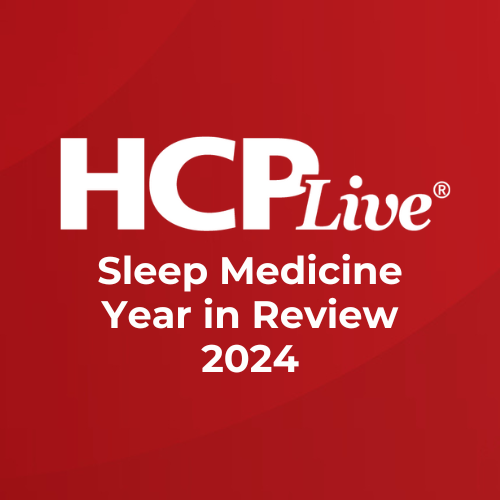Article
Sleep Patterns, General Health Affected by School Closures
Author(s):
Investigators observed that adolescents in the lockdown during COVID-19 slept more than 1 hour longer on school days, with sleep duration being associated with better health characteristics.
Helene Werner, PhD

A new investigation into adolescent’s sleep and health-related characteristics during the COVID-19 pandemic identified 2 opposing associations between school closures and general adolescent health.
A negative association with psychological distress was observed, as was a beneficial association with increased sleep duration.
Investigators led by Helene Werner, PhD, Department of Psychology, University of Zurich, considered these findings to be important when evaluating and implementing school closures.
They added that previous studies had shown a positive association between increased adolescent sleep and later school start times (SSTs).
However, they could not identify whether the longer sleep duration during school closures was associated with health benefits, which prompted Werner and investigators to launch a survey study intended to fill the research hap regarding sleep and adolescents’ health during school closure.
The Methods
For their survey study, Werner and colleagues compared 2 samples of respondents from nearly identical online surveys.
All public high schools in the canton of Zurich, Switzerland, were tasked with circulating both surveys among their students. A control sample included students who completed surveys from May to July 2018, while a lockdown sample included students who completed surveys from May to June 2020.
Investigators noted that high schools in Switzerland were closed from March 13 to June 6, 2020. Prior to this, in-person lessons with a maximum of 5 people were allowed started from May 11, 2020.
At this time, investigators assessed sleep-wake patterns for school days, “free days” such as weekend days, and alarm clock use on scheduled days with the Munich Chronotype Questionnaire.
Additionally, bedtimes and wake times that were indicated by participants were used to quantify the sleep period. Werner and colleagues assessed sleep difficulties with 2 questions from the School Sleep Habits Survey.
Health-related quality of life (HRQoL) was assessed via the KIDSCREEN-10 questionnaire, though depressive symptoms were assessed only in the lockdown sample with withdrawn/depressed scale from the Youth Self Report for participants ages 11 to 18 years.
The Findings
A total of 6252 students had completed the control survey, and 4227 had completed the lockdown survey.
Due to some respondents not meeting the inclusion criteria, a total of 8972 students were included in the analysis, with 5308 (59.2%) in the control sample and 3664 (40.8%) in the lockdown sample.
During school closures, the surveys indicated that the sleep period on scheduled days was 75 minutes longer (semipartial R2 statistic [R2 0.222-0.254; P < .001).
Additionally, students reported better HRQoL (R2 P < .001) and less consumption of caffeine and other substances including alcohol. The data obtained from the study contrasted the findings from a recent study in Germany, which investigators believed may be contributed to stricter pandemic rules.
Regarding the lockdown sample, an inverse association was found between depressive symptoms and HRQoL ( R2 P < .001), and a positive association was found in caffeine consumption.
Werner and colleagues observed that adolescents in the lockdown sample slept more than 1 hour longer on school days than did adolescents in the control sample, with sleep duration having been associated with better health-related characteristics.
Depressive symptoms were also associated with poorer HRQoL and increased caffeine consumption, which diminished the beneficial associations with sleep.
Investigators believed the evaluation of school closures should be supplemented by the observed positive associations.
“Furthermore, this study provides further support for delaying SSTs in countries with early SSTs,” the team wrote.
The study, “Association Between Homeschooling and Adolescent Sleep Duration and Health During COVID-19 Pandemic High School Closures,” was published online in JAMA Open Network.





